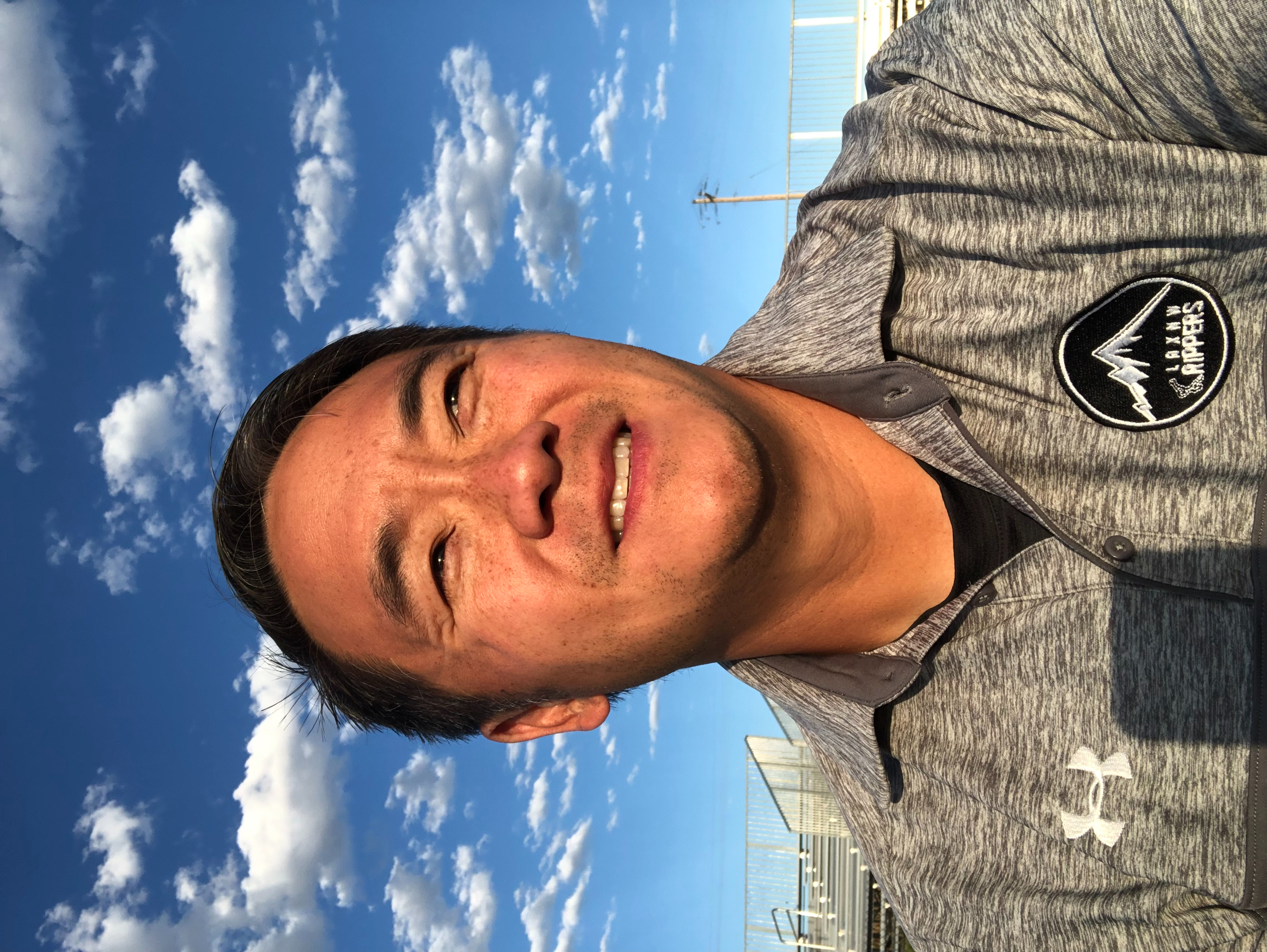What Is Periodized Training?
- James Yoo

- Sep 29, 2020
- 3 min read
Updated: Oct 7, 2020
"In preparing for battle I have always found that plans are useless, but planning is indispensable."
- Dwight D. Eisenhower

As a coach, I am always trying to learn new techniques and ways to help improve athletic performance. Understanding the age old method of periodized training is my current endeavour. Here is what I have learned so far.
What is Periodized Training?
Periodized Training (PT) is a way of structuring an athlete’s training program. PT involves creating an annual training plan, be it a seasonal or year long program that focuses on improvement by targeting specific dates, events, or competitions that an athlete wants to perform at her/his best. It’s basically a roadmap to build toward peak performance moments, like peaking (i.e., highest level of performance that is possible) in the playoffs, or improving a certain skill by the end of a season. It is something that syncs with an athletes long term, midterm, and short term goals.
The Basics
PT is a personalized training program dedicated to improving an athlete’s physical and mental thresholds or limits be it physical, technical, or tactical. Of note, it’s specific training that focuses on one area or skill at a time, defined as Specificity. Training consists of progressively increasing and decreasing the intensity/stress on the mind and body, referred to as Loaded Training Stress (LTS), followed by a periods of active rest (defined as Tapering) and recovery (resting the body). The intent is to stress/challenge the body’s limits so that it can adapt to higher thresholds of physical output and performance. It’s basically, learning to get comfortable being uncomfortable.
Traditional Periodized (TP) Training Program
In TP training, the athlete(s) and the coach work together to identify a number of competitions throughout the year that the athlete and/or team want to perform their best. Then, they work backwards (from that goal) to create an individualized TP training program. TP involves training cycles focused on developing specific skills for a given amount of time.
Training Cycles
a. Macrocycle is a long term goal or broad perspective. It’s the athlete’s journey toward achieving an optimal performance goal. It can range from several months (like a season) up to four years (like training for the Olympics).
b. Mesocycle involves breaking down training to smaller training cycles that last as little as two weeks or as long as six months. This includes physical (i.e., strength, endurance, power, and speed), technical (i.e., sport specific skills development like dribbling and shooting in soccer), tactical (i.e., the x’s and o’s, the strategy of the game), and mental (i.e., performance routines, managing anxiety, and motivation) skills development. It’s the progressive loading (increasing the challenge and difficulty for a period of time), followed by a period of unloading (lighter active-recovery based workouts).
c. Microcycles are the daily and weekly differences in training.
The goal of the training cycles are to progressively amp up training loads on a weekly, monthly, and annual basis. This includes periods of increased duration and/or intensity, followed by period of recovery. Rest and Recovery (RR) are critical for athletes to get stronger and improve, and a critical part of the process. RR is a time for athletes to get fresh or refreshed before the next intensive training cycle.
The secret sauce is in the relationship between intensity and volume of training. For example. when the intensity of training increases from low, moderate, to high; the volume of training decreases from high, medium, to low. Volume (quantity) is the amount, be it the number of repetitions you do something or distance you run to build on an athlete’s base strength and endurance levels. Intensity (quality) involves increasing the workload while reducing the volume. This can include weight training that consists of lifting 75%-90% of an athlete’s maximum weight with a given lift. As the peak performance date or season is within reach, the athlete shifts to an active recovery phase known as Tapering. The relationship between volume and intensity of training allows for optimal physical and mental training and recovery, known as Supercompensation.
A PT program is designed to challenge the body and allow for incremental improvement and avoiding a physical decline or plateau in training and performance. The key is to be flexible with the training. Meaning, there needs to be room to modify training to meet the athletes rate of progress. Overtraining can result in a decline and burnout, while undertraining can lead to performance plateaus and underperforming.
Stay tuned for more!
References:





Comments